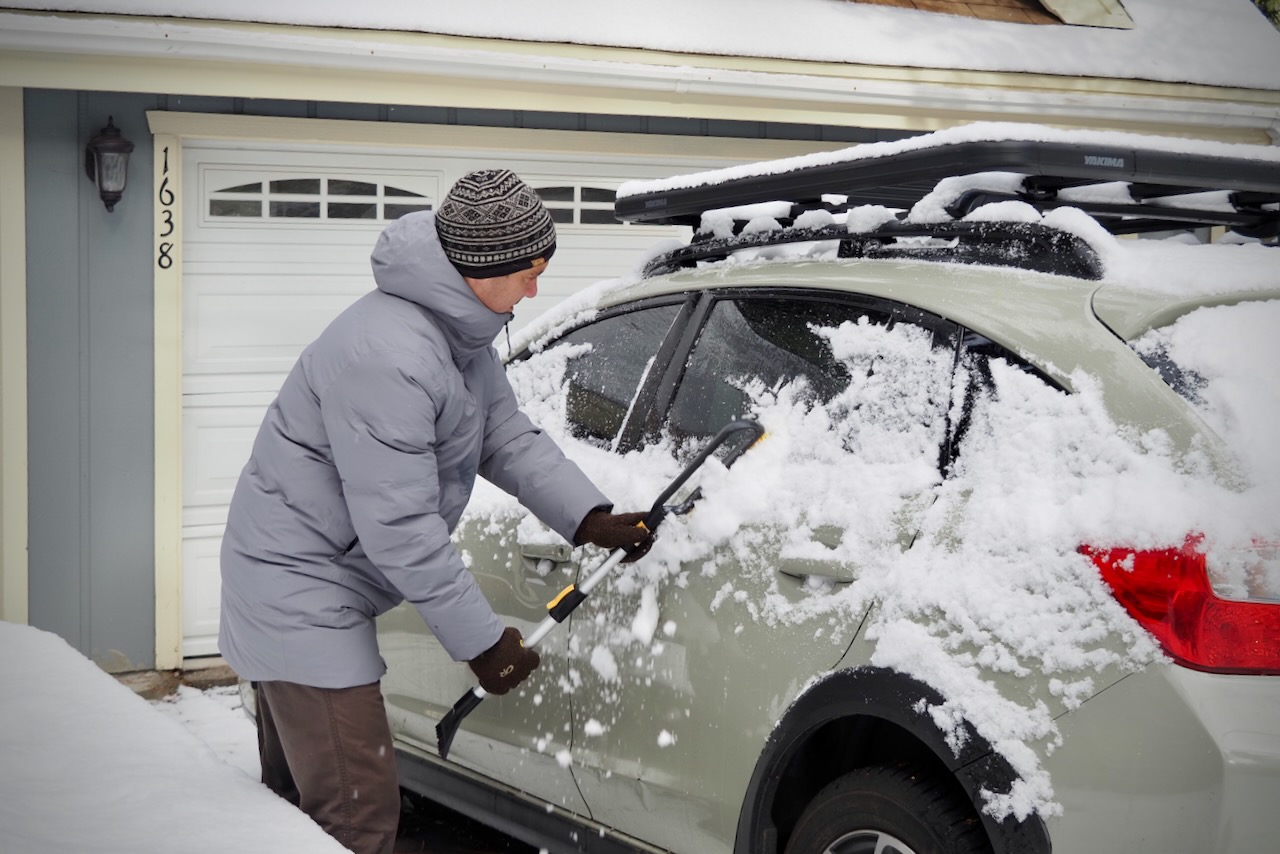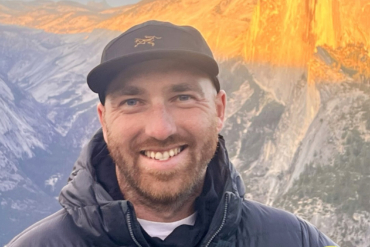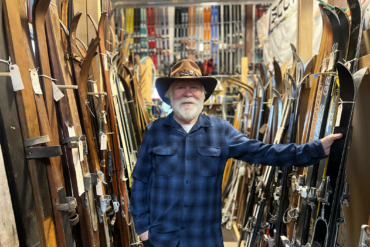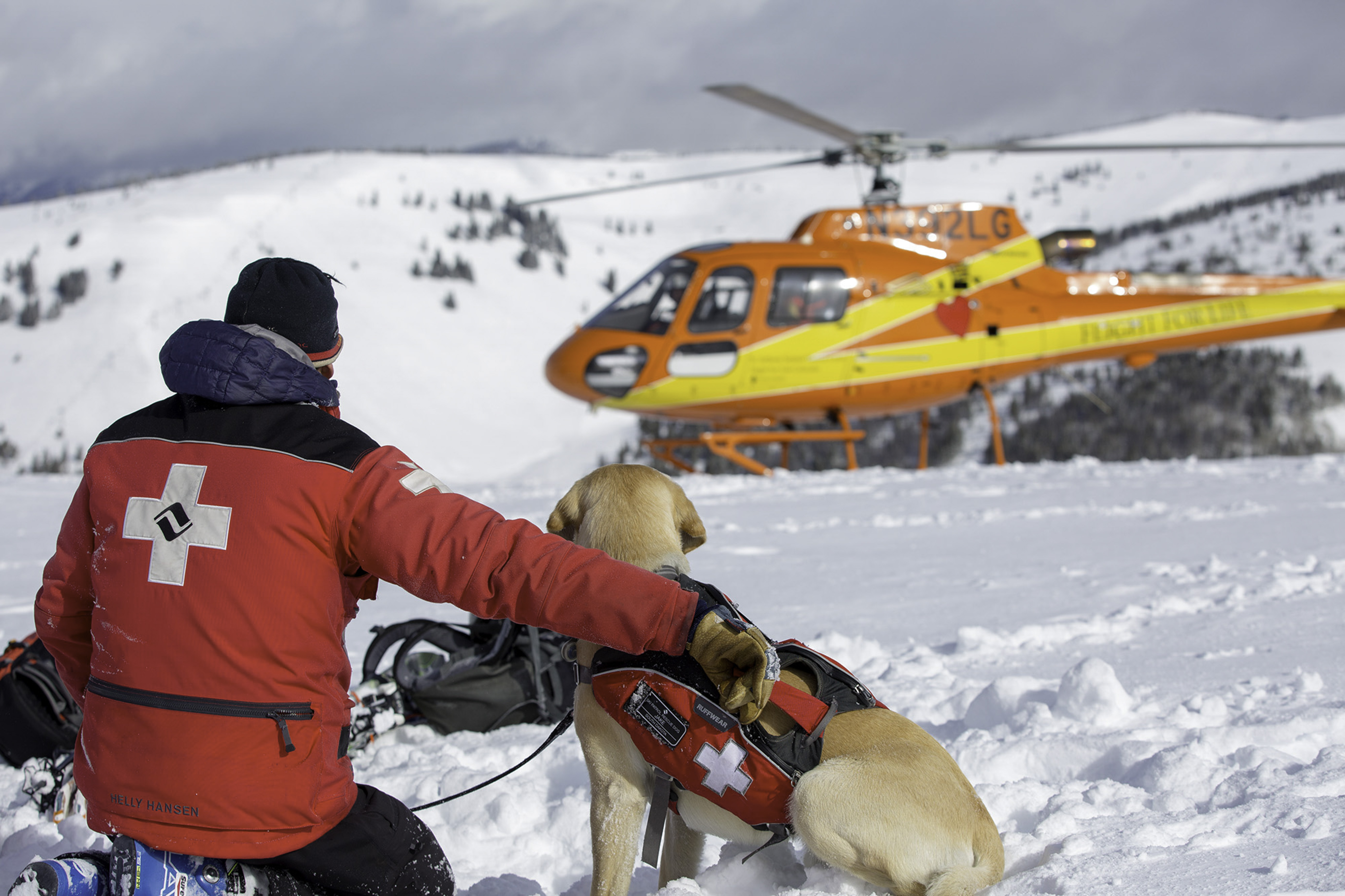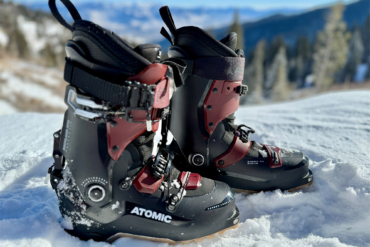Two snowmobiles rip up a snowy mountain. And what happens next is quite predictable, as a large slab avalanche breaks free.
On Saturday, the Colorado Avalanche Information Center released a video, below, of a near-disaster. It depicts two snowmobiles triggering a slab avalanche near Leadville, Colorado, in Birdseye Gulch on February 11 that partially buried one rider.
Fortunately, the rider was not seriously injured in the incident. But while things turned out OK this time, the video has a few great lessons embedded in the cringe-worthy images. But first, you gotta watch this video!
FACETS
We’ve written about FACETS before on GearJunkie, and I’m sure we will again. The acronym denotes heuristic traps that may lead to dangerous decision making.
In the video, the two snowmobilers ride up a risky-looking face. It seems to be holding a lot of wind-drifted snow on a fairly steep aspect. And they go in single file, one in front of the other, following closely the route of skiers who had ridden the face moments before.
Here, it’s worth remembering the T in FACETS: tracks. Even though it appears that four skiers had already crossed the slide path, it was still not safe. As noted by the CAIC, the heavier trigger of a snowmobile was enough to break the slab free.
Had the snowmobilers employed the tactic of riding one at a time, neither would have been caught in this slide. But they chose to ride in a line, possibly due to the tracks offering a false sense of security.
Ultimately, they avoided tragedy through luck. But here’s an instance where better decision making could have avoided the incident entirely. As a reminder, read through the heuristic traps, below.
F: Familiarity. This refers to a skier’s past experience in a familiar location.
A: Acceptance. This refers to people engaging in potentially dangerous lines to impress or fit in with a group.
C: Commitment or consistency. This is the propensity for people to follow through on pre-arranged decisions. This can happen due to long drives, travel, routes, etc.
E: Expert halo. One person in the group may exude confidence in a line or decision that overwhelms the rest of the group’s possible concerns or knowledge.
T: Tracks/scarcity. Seeing tracks on a face does not mean it’s safe to ski! Don’t let previous tracks lure you into a false sense of security, increasing risk acceptance due to great ski conditions or urgency to get on the snow.
S: Social facilitation. Group dynamics can, in some situations, create more danger due to societal pressures.
And just for a refresher, ALPTRUTH, below.
ALPTRUTH
ALPTRUTH will remind you of dangerous snow conditions (97% of avalanche accidents occur with at least three of the seven).
A: Avalanche. Have avalanches occurred within the last 48 hours?
L: Loading. Has there been loading by snow, wind, or rain in the last 48 hours?
P: Path. Is your line an obvious avalanche path? Does your ascent cross any avalanche paths?
T: Terrain trap. Avoid gullies, trees, cliffs, or other terrain traps. Will a slide on your intended route carry you into these?
R: Rating. What’s today’s avalanche report? A rating of “considerable” or higher is a red flag here.
U: Unstable snow. Cracking, collapsing, and whoomphing are clear signs of instability.
TH: Thaw. Warming due to sun, rain, and air temps can increase instability and avalanche risk.


